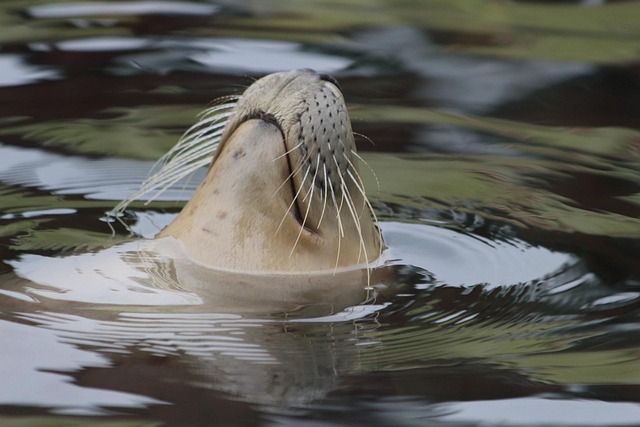& no < in h/ w/ f/ > 2* ( >? ( → 7/ in, &?/ 5/ ( >
Koi ponds and waterfall features transform public spaces into serene oases, enhancing community well-being and aesthetics. This article explores the harmonious blend of nature and tranquility these elements bring to urban environments. We delve into the historical and cultural significance of koi in water features, guiding you through designing tranquil waterfalls suitable for public aquariums. Learn about space planning, water quality management, and choosing the right koi species for optimal display. Additionally, discover how interactive elements, educational programs, and accessibility considerations can create engaging and inclusive public aquarium design experiences.
The Appeal of Koi Ponds in Public Spaces
Koi ponds have become increasingly popular features in public spaces, transforming urban areas into tranquil oases. Their appeal lies in the harmonious blend they offer between natural beauty and carefully curated aesthetics, making them a prime choice for public aquarium design. The vibrant colors and graceful movements of koi fish create a captivating spectacle, drawing visitors to relax and unwind amidst the peaceful surroundings.
These ponds serve as living artworks, enhancing the overall ambiance of parks, gardens, and community centers. The intricate designs, often accompanied by cascading waterfalls, provide a sense of serenity and calm, offering a respite from the hustle and bustle of daily life. With their ability to captivate audiences and foster a connection with nature, koi ponds in public spaces are indeed game-changers in urban landscape design.
– Benefits for community well-being and aesthetics
Koi ponds and waterfall features significantly enhance both community well-being and aesthetic appeal in public spaces. Research has shown that being around water, especially in natural settings, can reduce stress levels, lower blood pressure, and improve overall mental health. Incorporating these elements into public aquarium design creates serene environments where people can relax and connect with nature, fostering a sense of tranquility and community harmony.
Esthetically, koi ponds and waterfalls add a dynamic visual interest to urban landscapes. Their fluid movements and vibrant koi fish create a mesmerizing spectacle that captivates visitors. Well-designed public aquarium features become focal points, drawing people together and encouraging social interaction. This integration of water elements into public spaces contributes to the overall beauty and livability of the environment.
– Historical and cultural significance of koi in water features
Koi, or Cyprinus carpio, have a rich historical and cultural significance in East Asian art and mythology, making them a popular choice for water features in public spaces. In traditional Japanese culture, koi ponds symbolize prosperity and good luck, with the fish’s vibrant colors and graceful movements reflecting beauty and harmony. This cultural association has led to the integration of koi into various forms of art, including landscaping and aquarium design.
In public aquarium design, koi ponds and waterfalls create serene and visually appealing environments that enhance the overall experience for visitors. The historical and cultural significance of koi adds depth to these water features, fostering a connection between people and nature. Moreover, the graceful swimming patterns of koi, combined with the soothing sound of cascading water, contribute to tranquil public spaces where individuals can find respite from their daily routines.
Designing Tranquil Waterfall Features
In designing tranquil waterfall features for public spaces, such as parks or community centers, the goal is to create an inviting and calming atmosphere that enhances relaxation and reduces stress. Incorporating natural elements like water not only adds aesthetic appeal but also offers a sensory experience that can have therapeutic effects. When integrating a waterfall into a public aquarium design, consider the size and scale of the space to ensure the feature is both prominent yet harmonious with surrounding landscapes.
The flow and sound of water are key aspects that contribute to tranquility. Cascading waterfalls create a soothing soundscape while visually enriching the environment with dynamic ripples and splashes. Incorporating native plant life around these features can further elevate the overall ambiance, fostering a connection between visitors and their natural surroundings in urban settings. This harmonious blend of aquatic elements and greenery contributes to the creation of serene public aquariums that cater to all senses.
in 1 > hv/ > 2 ( no. +, w/ 7 + 1 w/ (W/ 1 2, =>/ > + 3, > 1 → (in
